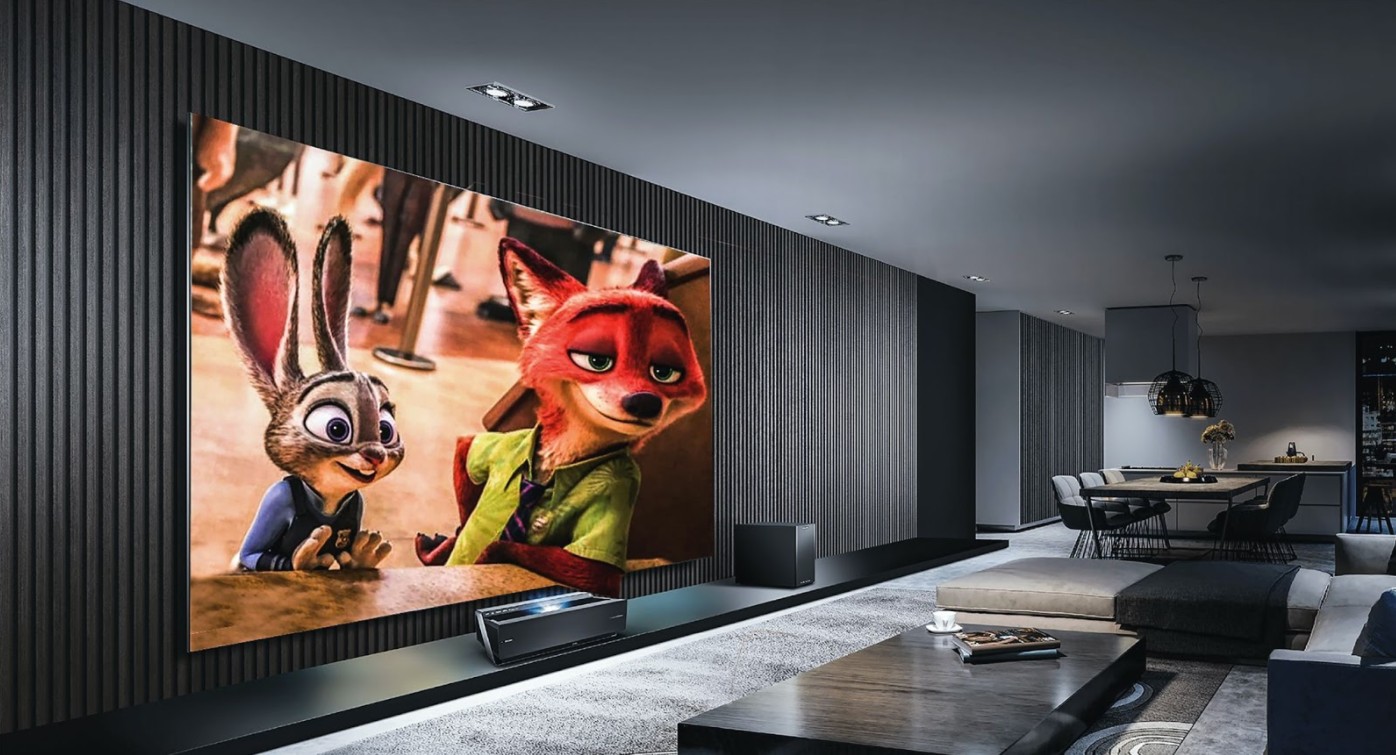
6 Tips for Building the Perfect Home Theatre Room
There are many options to make your home more stylish, comfortable, and entertaining for you and your family. A home theatre project can be thought of as the cherry on top for a remodeling idea project as well as make your home more exciting.
However, a theatre room is more than just a space with a couch and a TV screen. There are certain criteria that must be met for this project which include being able to control the lights, the sound, as well as being able to cast a big enough screen. Continue reading below to learn the essential starting tips for building the perfect theatre room for your family and friends.
Find a good space
The space for a theatre room should be separated from the rest of the house in order to not disrupt household activities. If the theatre room shares an open floor with other rooms around the house, activities such as noise or cooking smells can disrupt the theatrical environment you’re trying to create. The theatre room should be in areas that do not detect from the whole cinematic experience, such as a designated room for screen-related events.
In addition to that, you need a good space where you can comfortably watch this year’s top movies such as “I Care A Lot”, “Nobody”, “The Night” and many more.
Rectangular rooms are preferable and more ideal for a home theatre in contrast to square rooms since they make for more seating space and flexibility. Other space areas to consider are also the basement or a spare bedroom.
Control the lights
Controlling the lights, in this context, is an essential means of controlling the lights that come from the outside of the theatre room. Theatre rooms are places where you want to keep the light at the very minimum whether it comes from outside or inside the room. Light bleed destroys visual projection images and makes viewing less enjoyable.
For an enjoyable cinematic experience, the lighting system should have brightness control so that you will be able to adjust it to your liking. If you have any ambient light in which you can’t control, you would need a project with a high lumen level. However, an ideal way to deal with ambient light is by choosing an area where the light hits the lowest. Many people for their theatre spaces usually use soffits, rope lights, or recessed lights. Additionally, you can also use curtains to reduce the amount of light entering the room.
For a more cinematic experience, you can also make a stand with snacks in the corner of the room filled with traditional movie snacks such as coke, popcorn, cheese tortilla chips for £1.00 instead of £1.99, onion rings which you can get for only 69 cents, Ben & Jerry’s Ice Cream for €3.49 each and more. Stores such as Aldi, Lidl, Tesco, and Morrisons offer low prices on such items, which you can easily browse their leaflets on Kimbino’s website.

Control external sounds
Same as ambient light, the ambient sounds also need managing. External sounds which include children shouting in different parts of the house, plates clinking in the kitchen, or the vacuuming sound in the living room will interrupt the cinematic movie-watching experience.
Consider soundproofing the home theatre with special sound-reducing wallboard or replacing hollow core doors with solid core doors. You can also add a second layer of drywall or if your theatre room has windows, you can use thicker curtains that block light and absorb sound.
Put together the sound system
The type of speakers you choose should depend on and be appropriate for the room setting. If the space of the theatre room is too big and the speakers are too small then you will only end up with bad sound quality in the process.
After you’ve figured out the acoustics, the next step is choosing a sound system. Here are some things you need to consider before deciding on a sound system:
- The first thing you should consider is the frequency range of the speaker. When your speaker has higher ranges, the number of sounds picked up by the speaker will increase therefore contributing to the environment of your theatre room.
- The second thing to consider is speaker sensitivity which refers to how much volume the speakers can produce over a given power spectrum. Speaker sensitivity also has an effect on the amplifiers, soundbars, and other equipment used in accordance with the original sound system.
- The third thing to consider is not mistaking watts for loudness. Despite the fact that they are connected, a low-wattage speaker with the right configuration would be much more effective than a mix of high-wattage sound equipment.

Decide on TV screen or projector
The safest solution to this is following your preferences. Additionally, a decent projector will add to your budget since its good quality on a blank white sheet is worth the investment. 4K projectors also have incredibly high dynamic ranges, resulting in a crystal-clear image with extremely bright colors.
Nonetheless, a smart TV screen eliminates the need for connections and wires entirely, requiring only internet access to function. Their operating systems are also flexible, supporting a wide range of playback files.
You can find these most important devices needed for a theater room at reasonable prices in stores such as CeX, Maplin, Currys PC World, and Three.
Make arrangements for proper viewing and seating positions
Seating is one of the most important parts of your home theatre since it affects the ability on how you focus on the screen. The seating arrangements you decide on should allow all of the viewers to comfortably see the screen and enjoy themselves. If the theatre isn’t in a designated room, look for seats with a low back in order not to block people from seeing the screen.
Whereas if you do have a designated room, consider tiered seating, this type of seating will also add luxury to your space. Other options for seating can be full-back lounge chairs, cushioned chairs, or sofas, which are more comfortable and have a more luxurious appearance. However, keep in mind not to put the seats too close to the screen or too far away from it.







